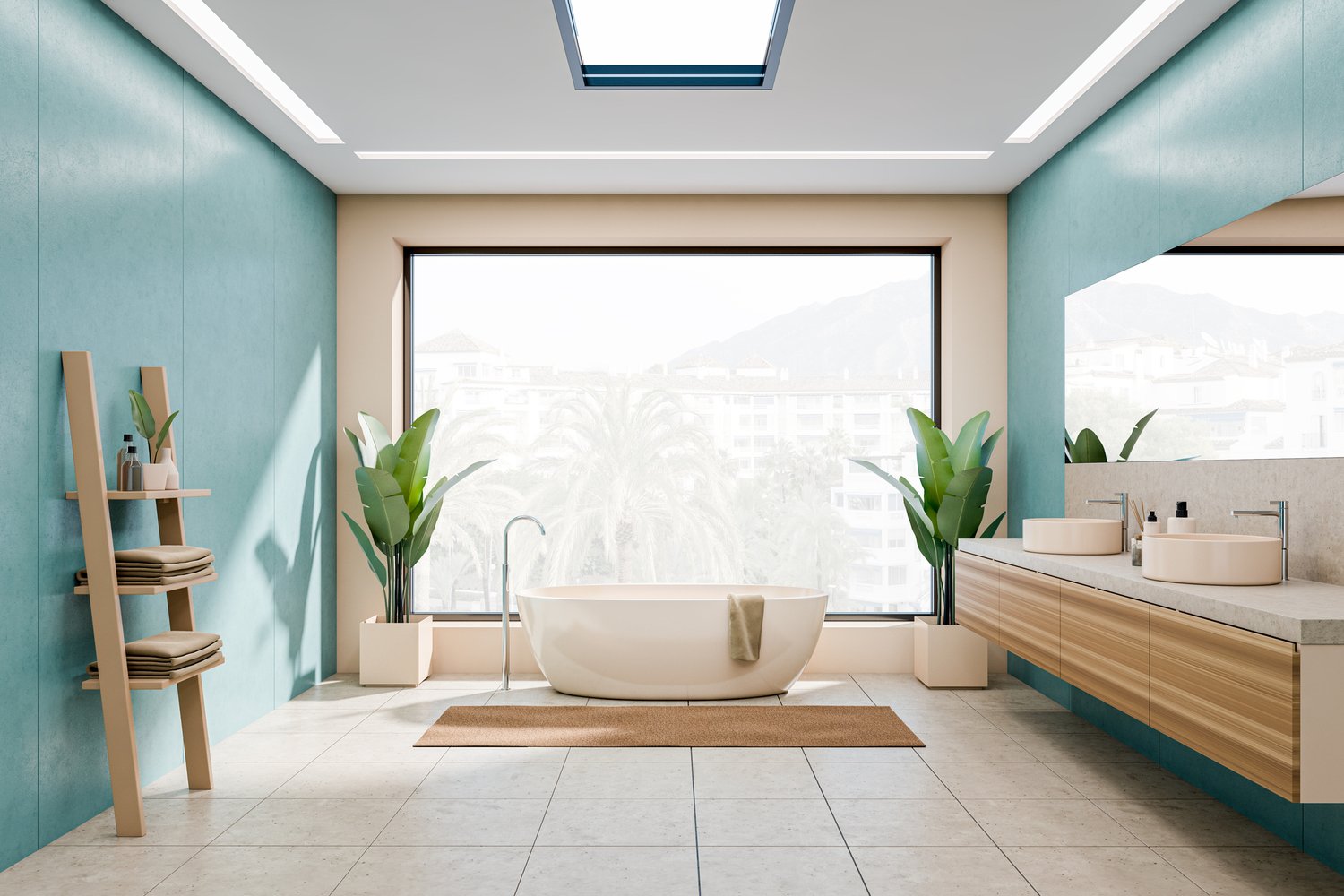When it comes to selling your home, every detail matters—and flooring is one of the most significant factors influencing buyer decisions. The right flooring choice can dramatically increase property value, potentially yielding thousands more at closing. In this comprehensive guide, we’ll explore which flooring types are most appealing to today’s buyers, how different options impact your home’s market position, and strategic flooring investments that deliver the best return when it’s time to sell.
Understanding Flooring’s Role in Home Valuation
Flooring is much more than just a surface to walk on—it’s a major component of your home’s overall impression. Real estate professionals consistently cite flooring as one of the top elements buyers notice when touring a property. According to recent industry data, outdated or damaged flooring can reduce offers by 3-5% on average, while premium, buyer preferred floors can boost perceived value by up to 7%. This significant swing demonstrates why thoughtful flooring choices matter when preparing to list your home.
The psychology behind this is straightforward: floors cover a vast visual space in every room, creating an immediate impression about home maintenance and quality. Worn carpeting, scratched laminate, or dated vinyl signals to buyers that other home systems may also need attention. Conversely, fresh, modern flooring suggests a well-maintained property, allowing buyers to envision themselves living in the space rather than tallying up renovation costs.
Hardwood: The Ultimate Value Booster
When analyzing flooring resale value, hardwood consistently ranks as the premier choice among both buyers and real estate professionals. Natural hardwood floors can increase property value flooring investments by up to 2.5% of the home’s sale price. This translates to $7,500 on a $300,000 home—a substantial return that often exceeds the initial installation cost.
Hardwood’s enduring appeal stems from its timeless aesthetic, durability, and versatility. Oak, maple, and hickory varieties in medium tones offer the broadest appeal, working harmoniously with diverse décor styles. Engineered hardwood, which features a real wood veneer over a plywood base, has gained popularity as a more affordable alternative that still delivers much of solid hardwood’s resale advantage, particularly in moisture-prone areas where solid wood might not be practical.
Luxury Vinyl: The Value-Conscious Alternative
For homeowners seeking to maximize return on investment while managing costs, luxury vinyl plank (LVP) and tile (LVT) have emerged as leading contenders in the best floors for home sale category. These products mimic the appearance of hardwood or stone at a fraction of the cost while offering superior water resistance and durability.
Modern luxury vinyl products feature remarkably realistic visuals and textures that can satisfy discerning buyers. While they may not add quite as much value as genuine hardwood, they represent a smart compromise, especially in mid-market homes where buyers expect attractive flooring but may not demand premium materials throughout. For maximum appeal, choose vinyl with realistic wood grain patterns in neutral, contemporary colors.
Tile: Strategic Placement for Maximum Impact
Ceramic and porcelain tile remain excellent choices for specific areas, particularly in bathrooms, entryways, and kitchens. Surveys of home buyers consistently show that tile in these spaces can significantly increase property value, particularly in warm climate regions where tile’s cooling properties are appreciated.
Large-format tiles (12×24 inches or larger) in neutral tones create a clean, spacious feel that resonates with today’s buyers. For maximum resale appeal, avoid highly distinctive patterns or unusual colors that might limit your buyer pool. When professionally installed with precise spacing and quality grout work, tile delivers outstanding durability while signaling quality craftsmanship, as noted by flooring experts at AskHomey who regularly consult on pre-sale renovation projects.
Carpet: Limited But Strategic Applications
While wall-to-wall carpeting has declined in popularity for main living areas, it still holds appeal in specific spaces. Bedrooms, particularly in colder climates, benefit from carpet’s warmth and sound-dampening qualities. When selecting carpet to enhance buyer appeal, choose neutral, stain-resistant options in medium pile heights.
It’s worth noting that carpet rarely increases home value significantly compared to hard surface alternatives. However, fresh carpet in appropriate rooms can prevent value loss by eliminating the “need to replace” factor from buyers’ mental calculations. If your existing carpet shows wear, replacing it before listing is generally a wise investment.
Making Cost-Effective Flooring Decisions for Resale
The key to maximizing flooring’s impact on resale value lies in strategic allocation of your renovation budget. Focus premium materials like hardwood in high-visibility areas such as living rooms, dining rooms, and main hallways. Secondary spaces can receive more economical treatments while maintaining a cohesive look throughout the home.
Consistency matters tremendously to buyers. Using the same flooring throughout main living areas creates visual flow and makes spaces appear larger—a quality particularly valued in today’s open-concept homes. This approach not only maximizes aesthetic appeal but also simplifies the buyer’s perception of maintenance requirements.
For more tips and to connect with reliable home service professionals, follow AskHomey on Facebook and Instagram.



